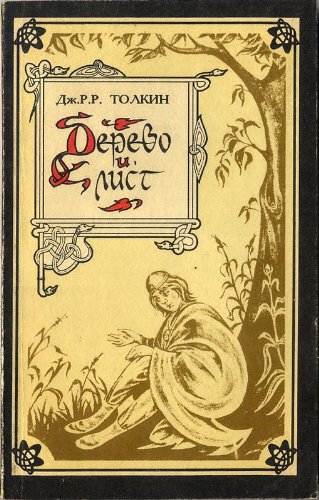What do you think?
Rate this book


142 pages, Paperback
First published January 1, 1964

Leaf By Niggle [the story in the collection, that follows the essay 'On Fairy-Stories'] has not been changed since it reached manuscript form, very swiftly, one day when I awoke with it already in mind. One of its sources was a great-limbed poplar tree that I could see even lying in bed. It was suddenly lopped and mutilated by its owner, I do not know why. It is cut down now, a less barbarous punishment for any crimes it may have been accused of, such as being large and alive. I do not think it had any friends, or any mourners, except myself and a pair of owls.